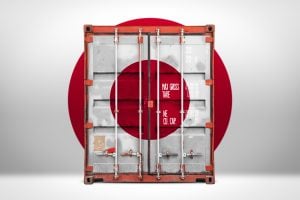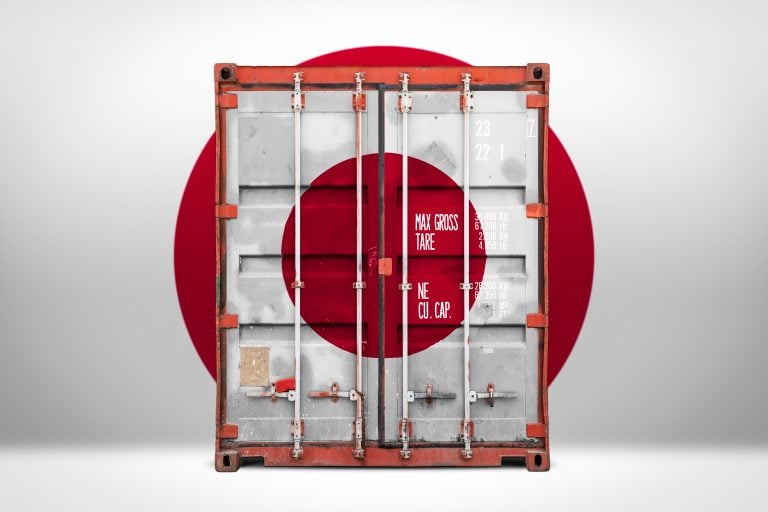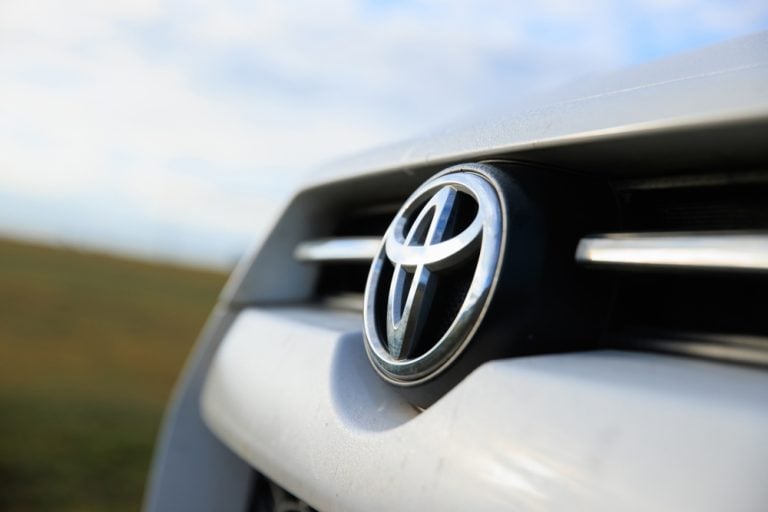Metallurgical test work at Ema has pulled in some of the highest ever recorded recoveries from an ionic clay rare earth deposit
The company says it is now moving onto the next phase of project implementation which includes additional resource drilling
It will then begin a scoping study to leverage the anticipated rise in rare earth pricing in the near future
Special report: Recoveries from a bulk sample at Brazilian Critical Minerals’ Ema project in Brazil have returned impressive rare earth oxide (REO) results averaging 68% overall.
Brazilian Critical Minerals’ (ASX:BCM) Ema project is unique amongst Brazilian REE projects in that it shares almost identical characteristics with the ionic deposits developed over felsic volcanic rocks in southwest China, the world´s largest known ionic clay region.
Ionic clay-hosted (IAC) deposits are known for being low-cost, low-grade and high-margin developments due to the simple mining and extraction methods compared to other types of REE projects.
Since its discovery in May last year, BCM has fast-tracked exploration and development efforts at Ema, which resulted in the announcement of a +1Bt resource at 793pppm TREO last month.
Highest ever recorded recoveries from a clay REE deposit
BCM is continuing to make significant headway at the project with initial metallurgical test work by the Australian Nuclear Science and Technology Organisation (ANSTO) returning some of the highest ever recorded recoveries from an ionic clay REE deposit.
Testwork utilised a 49.6kg composite sample collected from 12 auger holes over 62 samples drilled at Ema in 2023.
Recoveries averaging 69% NdPr (neodymium and praseodymium) and 48% dysprosium-terbium were received using a standard, weak ammonium sulphate leaching solution.
Moving into scoping study phase
BCM says the results clearly indicate that Ema is a large body of mineralisation, which has been defined at a very low cost since first results were released 12 months ago.
The company intends to move into a scoping study phase which will determine the optimal route for the project to be developed. At this stage several different paths are available.
‘One of the largest tonnage’ ionic clay deposits in the world
“Today’s results are amongst the highest ever recorded for an ionic rare earth deposit,” BCM managing director Andrew Reid says.
“They have exceeded our own expectations for the Ema project.
“The base parameters which ANSTO have used to confirm the high recoveries of desorbable rare earth elements are the holy grail for ionic clay rare earth projects.”
Reid says the results place Ema as one of the largest tonnage fully ionic clay, rare earth deposits in the world.
“This allows BCM to now move ahead full steam with the next phase of our project implementation,” he continues.
“BCM has ambitious future plans, which include additional infill mineral resource drilling, continuing with metallurgical test work to identify and help strategise the processing path forward and the commencement of a scoping study to enable it to be ready for the anticipated rise in rare earth pricing in the near future.”
What’s on the horizon?
The company plans to begin infill drilling around the high-grade inferred zone containing 331Mt at 977ppm with the aim of upgrading the resource to the indicated category.
Next steps will be to select a suitable engineering partner for scoping study works and start a program of works to define the optimal path forward for the Ema project.
This article was developed in collaboration with Brazilian Critical Minerals, a Stockhead advertiser at the time of publishing.
This article does not constitute financial product advice. You should consider obtaining independent advice before making any financial decisions.
The post Brazilian Critical Minerals hits some of the strongest recoveries seen in ionic clay rare earths test work from its Ema deposit appeared first on Stockhead.




















